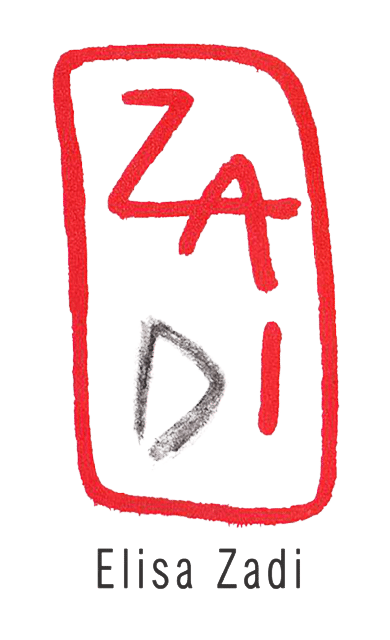
L' Albero Sacro

L' Albero Sacro, 2020, appliquè di lino e cotone, cartigli, inchiostri e stampa monotipo, installazione cm 70x70
Elisa Zadi, The Sacred Tree or of the victims at work
To create this work Elisa Zadi uses the symbolism of the Sacred Tree, Tree of Good and Evil or Tree of the Ancestors.
In various historical periods there are numerous examples and cultures that have used the iconography of the tree, especially in the religious field. Choosing this theme Elisa immediately places a strong contrast between the Sacred Tree, an inalienable symbolic image, and the drama of the deaths at work called "white dead". It is as if Zadi with her work wanted to restore dignity to all these deaths of innocents, symbolically redeeming them with this work of hers and raising them to an image that fixes them in the iconic sacredness of the Tree. Zadi offers us the pregnant silhouette of an oak that instead of leaves presents written messages (carigli) on which some events are reported or in which names, faces, images, flowers and leaves are represented on monotype prints ... Tree is populated by ancestral presences who want to challenge time with iconic revelations and remind us, not just some people in a nominal way, but that each of us is potentially a victim, as the system itself presents itself as a failure. In fact, the statistics of the victims at work are distressing and continuous over time, so much so that it does not even seem appropriate to call them "white deaths" as they have nothing innocent and that instead violence and drama is what unfortunately accompanies them, always. Zadi herself says: "It was impossible for me to represent all the people who lost their lives at work, even just in the last year ... This is why I decided to symbolically pay homage to everyone with a work that could involve the various typicality and consecrated them by sealing them in the iconography of the Sacred Tree ". To realize this work the artist confesses a great difficulty due to a moral unease which has considerably lengthened the execution times of the work. Zadi deliberately chooses a technique that is close to craftsmanship because she wants to devote herself as much as possible to a methodical and manual work (in this case sewing), which in its mechanical repetition can recall assembly line work, but also a ritual , which day after day builds itself up with patience in the idea and gradually weaves in the consolidation of the work. In all these stitched points Zadi ideally wants to remember each victim, each point that pierces the canvas becomes a symbol of a wound on the body and the work is built, with ruthless accuracy, with a long rhythm that is repeated in the execution. The chromatic range is reduced to whites, blacks and neutrals of bejge and ocher with the aim of bringing out the essence of the design and the sense of drama that you want to communicate.

